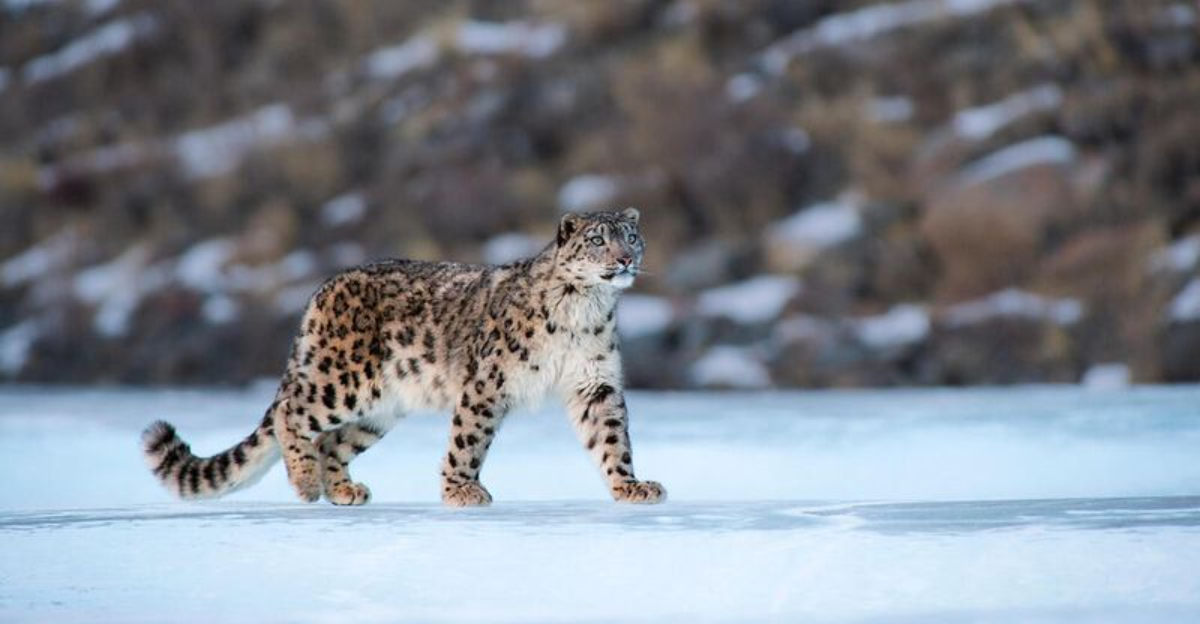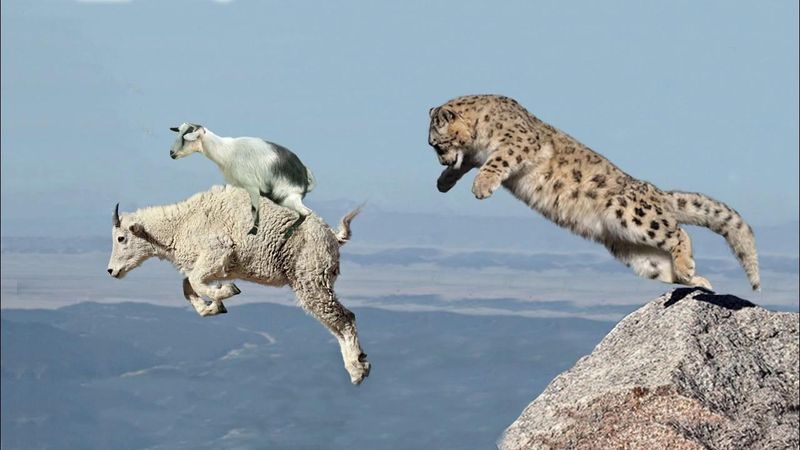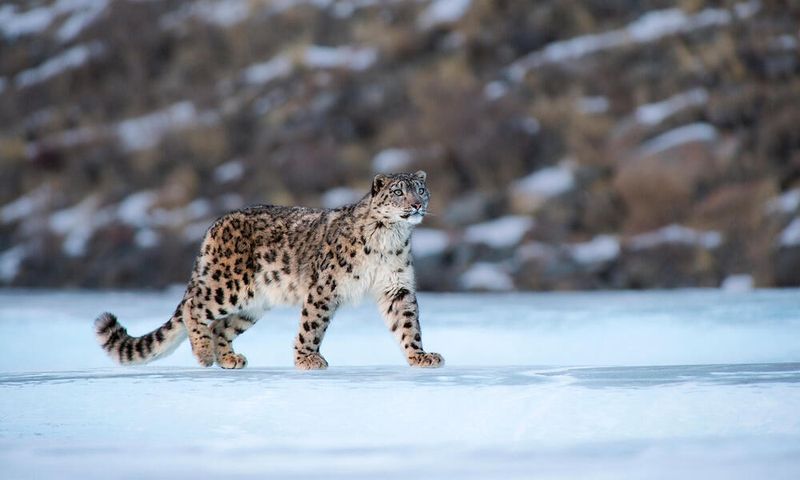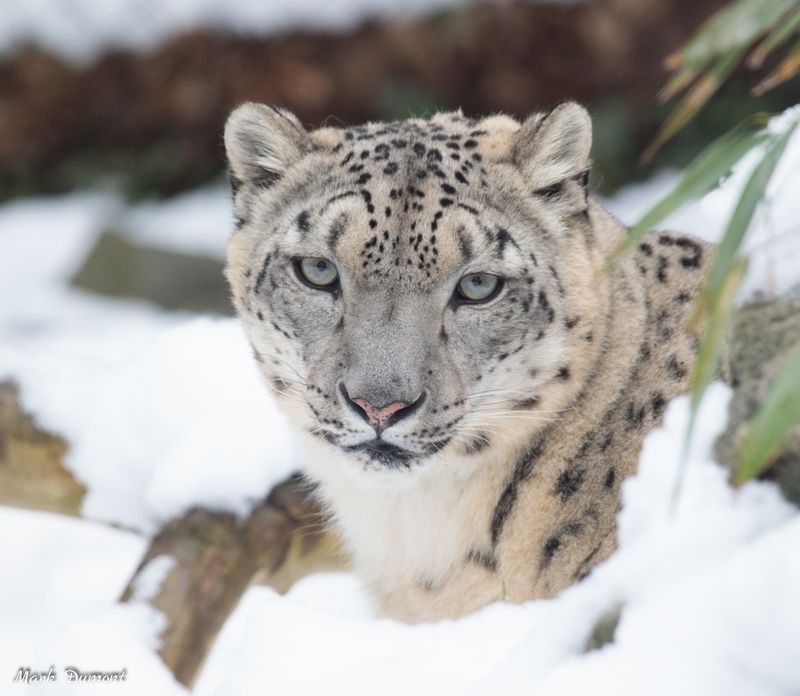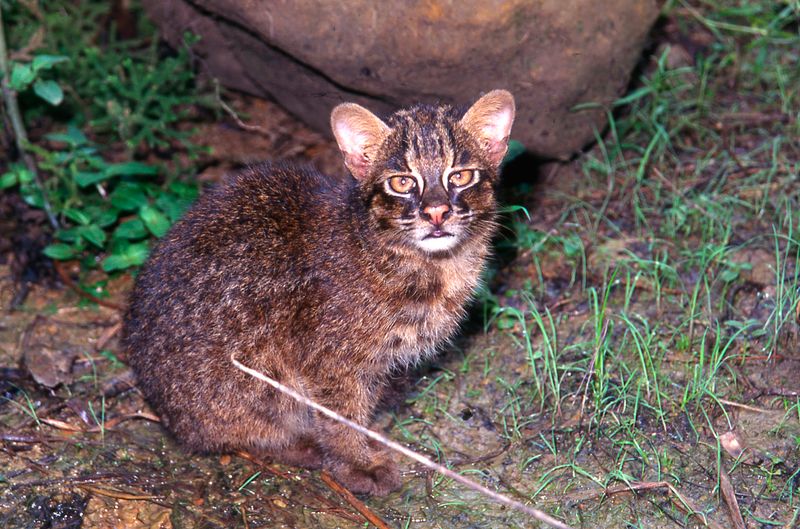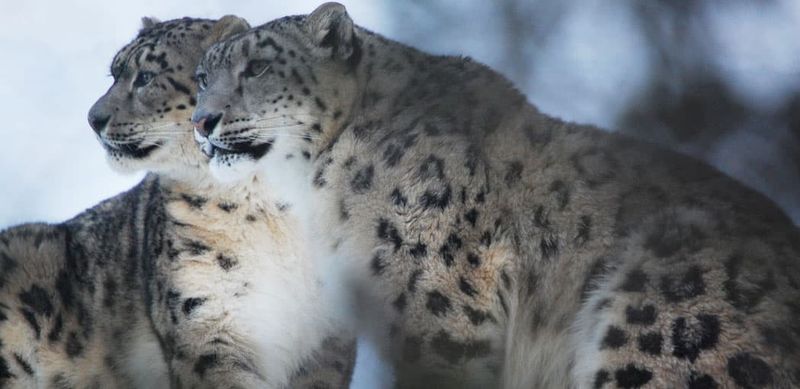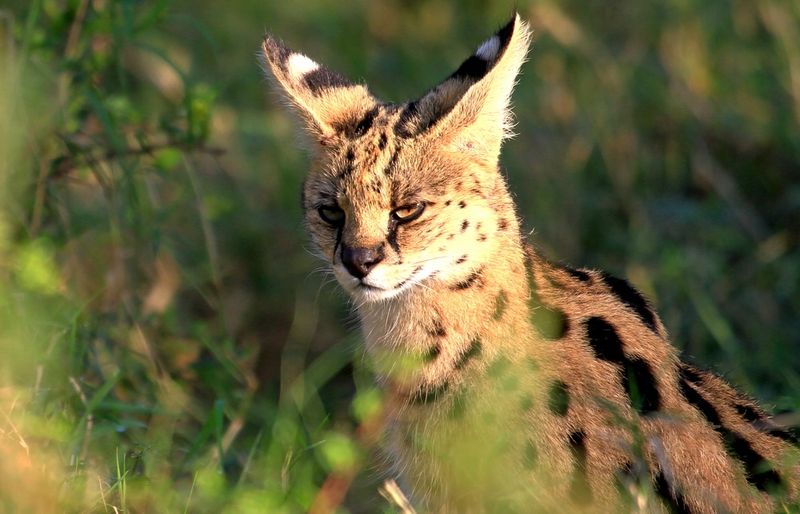📖 Table of Content:
High above the tree line, where oxygen thins and temperatures plummet, wild cats have carved out a life against the odds. From the Himalayas to the Andes, these elusive felines inhabit some of the most extreme environments on Earth. Yet altitude doesn’t just shape their physical traits—it rewires how they live, hunt, reproduce, and survive.
Altitude presents a host of challenges: frigid temperatures, sparse prey, and rugged terrain. To thrive in such settings, wild cats must evolve in surprising and specialized ways. Unlike their lowland relatives, these mountain dwellers have developed behaviors and adaptations that reflect both necessity and ingenuity, many of which remain hidden to the casual observer.
Studying these behaviors not only reveals how environment drives evolution, but also deepens our understanding of the fragile ecosystems these cats call home. Whether it’s a snow leopard’s expanded hunting range or a highland feline’s adjusted metabolism, every adaptation tells a story of resilience. Let’s delve into eight unexpected ways altitude transforms the lives of wild cats.
1. Altered Hunting Strategies
Perched on the steep cliffs and jagged ridges of high-altitude landscapes, wild cats must develop unique hunting techniques to secure their next meal. Rather than sprinting across open plains, they rely on ambush tactics and gravity-assisted leaps to strike with deadly precision. Patience becomes paramount, as prey is often elusive and more sparsely distributed than in lowland areas. These cats sometimes track quarry over vast distances, waiting for the perfect moment to strike. In particular, snow leopards have mastered the art of silent stalking, blending seamlessly into rocky terrain. Each calculated movement conserves energy—a precious commodity in the cold, oxygen-poor heights. Their success as hunters is a testament to refined skill rather than brute force.
2. Territorial Range Expansion
Unlike their counterparts in more temperate zones, highland wild cats must cover expansive territories to meet their nutritional needs. The scarcity of prey forces species like the snow leopard or Andean cat to patrol vast, sometimes overlapping ranges. Even solitary individuals may roam hundreds of square kilometers to locate adequate food sources. This expanded range isn’t just about survival—it shapes mating opportunities and inter-cat interactions. Encounters between individuals are rarer but often more significant, particularly during the breeding season. Movement across such large areas also demands acute spatial awareness and memory. Altitude, then, becomes a key factor in territorial complexity and behavioral dynamics.
3. Thicker Fur and Camouflage
Braving biting winds and subzero temperatures, high-altitude cats have evolved to wear their survival on their backs—literally. Their dense, plush coats are not just for warmth but also serve as effective camouflage in snow- and stone-covered habitats. Unlike savanna or jungle cats with short, sleek fur, these felines display thick undercoats and patterned pelts to blend with icy rockfaces. Snow leopards, for example, sport long tails wrapped around their bodies like scarves during rest. This fur also mutes their footsteps, making them ghostlike predators of the peaks. Adaptations in coat texture and coloration are directly tied to the altitude-driven conditions they face. In these heights, every hair serves a purpose.
4. Nocturnal-to-Crepuscular Shift
Shifting their activity to dawn and dusk, many mountain cats avoid the temperature extremes of high-altitude environments. Instead of prowling under the moon or the high noon sun, they take advantage of milder twilight hours. This change in rhythm minimizes energy loss and maximizes hunting efficiency during times of greater prey activity. The adaptation also reduces exposure to potential threats and environmental stressors. It’s not a complete abandonment of nocturnality, but rather a flexible response to climate and prey behavior. Behavioral plasticity like this reflects how cats finely tune their internal clocks to match external pressures. Altitude, in effect, rewires their circadian strategies.
5. Reduced Reproductive Frequency
Faced with environmental hardship, reproduction becomes a calculated risk rather than a frequent occurrence. Many high-altitude wild cats, such as the elusive Andean mountain cat, exhibit lower reproductive rates to conserve maternal energy. Harsh winters, limited food, and isolation make raising offspring an immense challenge. As a result, some females reproduce only once every few years, focusing their resources on a single, high-investment litter. Cubs that are born face intense survival tests, with mortality rates often higher than in lower altitudes. This strategy may slow population growth but enhances the survival chances of each young. Elevation thus dictates not just how they live—but how often they give life.
6. Oxygen Efficiency and Metabolic Adaptation
Thriving where oxygen is scarce, high-altitude cats have fine-tuned their physiology for optimal oxygen use. Instead of gasping for breath, these felines operate with greater red blood cell concentrations and more efficient lung function. Such adaptations allow for sustained energy output during hunts or long-distance travel. Their metabolic rates are often slower, reducing the need for constant caloric intake. Unlike lowland cats that can eat daily, highland species sometimes go days between meals. This energy conservation isn’t laziness—it’s biological wisdom forged by generations of elevation. High altitudes demand not speed, but metabolic precision.
7. Vocalization and Communication Shifts
Rather than relying heavily on vocal calls that dissipate quickly in thin air, mountain cats turn to silent modes of communication. They favor scent marking, visual cues like scrapes, and even body language over long-distance sounds. The thin atmosphere and rocky terrain muffle vocalizations, making them less efficient for territorial or mating signals. In response, wild cats have evolved to leave persistent chemical messages on trails and rocky outcrops. These signs last longer and are more effective for solitary cats navigating huge ranges. Less vocal doesn’t mean less expressive—just more nuanced. Altitude alters the soundscape, and with it, the language of survival.
8. Prey Switching and Dietary Flexibility
Adapting to a diverse yet inconsistent buffet, high-altitude cats must be culinary generalists. When larger prey is scarce, they readily switch to rodents, birds, and even insects to stay nourished. This willingness to diversify reduces starvation risk and allows them to thrive in otherwise unforgiving ecosystems. In contrast, their lowland relatives often show stronger preferences or dietary specialization. Flexibility in prey choice also influences hunting methods and territory use. Such omnivorous tendencies underscore a key principle of mountain survival: adaptability equals resilience. Where altitude limits availability, resourcefulness becomes the ultimate evolutionary tool.
